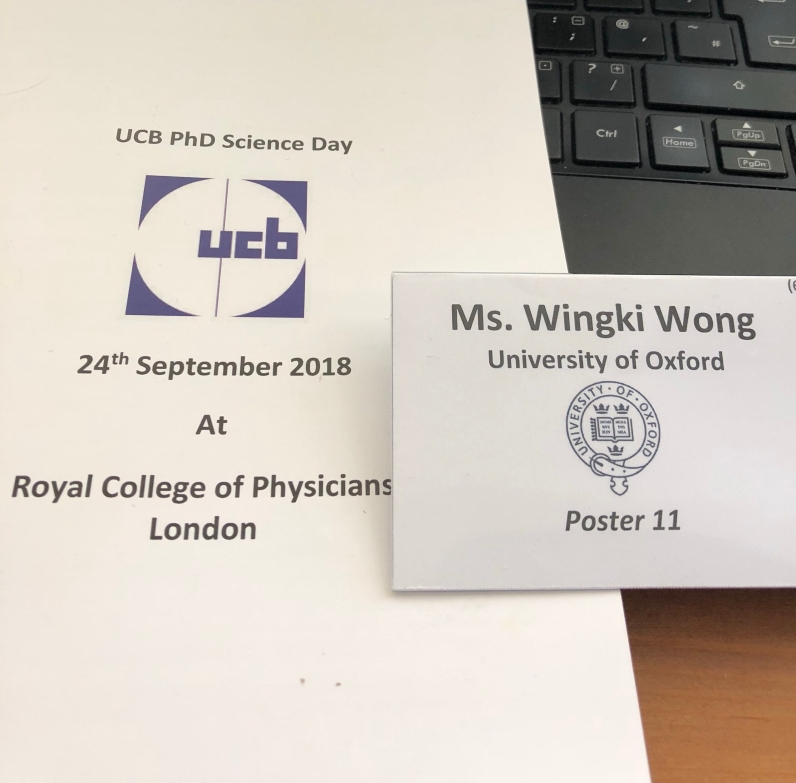[Repost from blopig] Automated testing with doctest
Another blog post from OPIG awhile ago on automated testing using the doctest module in Python:
PhD in Bioinformatics, Scientist in Antibody Development
Another blog post from OPIG awhile ago on automated testing using the doctest module in Python:
24/9/2018 (Mon)
Students sponsored by the UCB Pharma were summoned in London to present our research to scientists and fellow PhD students. It was a fruitful day talking to a number of fellow students from the same and different institutions who work on similar areas, but would otherwise not met because of the difference in approaches – experimental and computational studies.

Booklet and name tag
Earlier I wrote a blog post for OPIG:
Here I’m attaching the codes that I used:
using namespace std;
void save(map const& obj, string const& fname) {
std::ofstream ofs(fname, std::ios::binary);
{
boost::iostreams::filtering_ostreambuf fos;
// push the ofstream and the compressor
fos.push(boost::iostreams::zlib_compressor(boost::iostreams::zlib::best_compression));
fos.push(ofs);
// start the archive on the filtering buffer:
boost::archive::binary_oarchive bo(fos);
bo <> obj;
return obj;
}
}